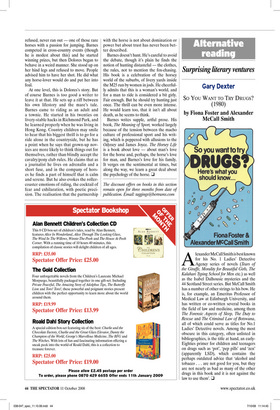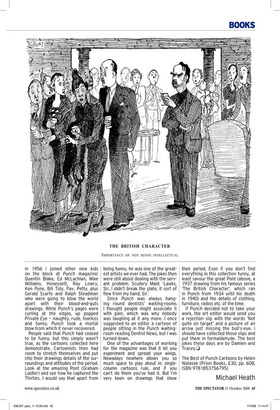Gary Dexter
SO YOU WANT TO TRY DRUGS?
(1980)
by Fiona Foster and Alexander McCall Smith
Alexander McCall Smith is best known for his No. 1 Ladies’ Detective Agency series of novels (Tears of the Giraffe, Morality for Beautiful Girls, The Kalahari Typing School for Men etc.) as well as the Isabel Dalhousie mysteries and the 44 Scotland Street series. But McCall Smith has a number of other strings to his bow. He is, for example, an Emeritus Professor of Medical Law at Edinburgh University, and has written or co-written several books in the field of law and medicine, among them The Forensic Aspects of Sleep, The Duty to Rescue and The Criminal Law of Botswana, all of which could serve as titles for No.1 Ladies’ Detective novels. Among the most obscure in this category, often unlisted in bibliographies, is the title at hand, an earlyEighties primer for children and teenagers on drugs such as ‘pot’, ‘pep pills’ and ‘zen’ (apparently LSD), which contains the perhaps outdated advice that ‘alcohol and tobacco . . . are not good for you, but they are not nearly as bad as many of the other drugs in this book and it is not against the law to use them’. ❑ In 1956 I joined other new kids on the block at Punch magazine: Quentin Blake, Ed McLachlan, Mike Williams, Honeysett, Ray Lowry, Ken Pyne, Bill Tidy, Pav, Petty, plus Gerald Scarfe and Ralph Steadman who were going to blow the world apart with their blood-and-guts drawings. While Punch’s pages were curling at the edges, up popped Private Eye — naughty, rude, fearless and funny. Punch took a mortal blow from which it never recovered.
People said that Punch had ceased to be funny, but this simply wasn’t true, as the cartoons collected here demonstrate. Cartoonists then had room to stretch themselves and put into their drawings details of the surroundings and attitudes of the period. Look at the amazing Pont (Graham Laidler) and see how he captured the Thirties. I would say that apart from being funny, he was one of the greatest artists we ever had. The jokes then were still about dealing with the servant problem. Scullery Maid: ‘Lawks, Sir, I didn’t break the plate, it sort of flew from my hand, Sir.’ Since Punch was always hanging round dentists’ waiting-rooms I thought people might associate it with pain, which was why nobody was laughing at it any more. I once suggested to an editor a cartoon of people sitting in the Punch waitingroom reading Dentist News, but I was turned down.
One of the advantages of working for the magazine was that it let you experiment and spread your wings. Nowadays nowhere allows you so much space to play about in; singlecolumn cartoons rule, and if you can’t do them you’ve had it. But I’m very keen on drawings that show their period. Even if you don’t find everything in this collection funny, at least savour the great Pont (above, a 1937 drawing from his famous series ‘The British Character’, which ran in Punch from 1934 until his death in 1940) and the details of clothing, furniture, radios etc. of the time.
If Punch decided not to take your work, the art editor would send you a rejection slip with the words ‘Not quite on target’ and a picture of an arrow just missing the bull’s-eye. I should have collected those slips and put them in formaldehyde. The best jokes these days are by Damien and Tracey.❑ The Best of Punch Cartoons by Helen Walasek (Prion Books, £30, pp. 608, ISBN 9781853756795)











































































 Previous page
Previous page